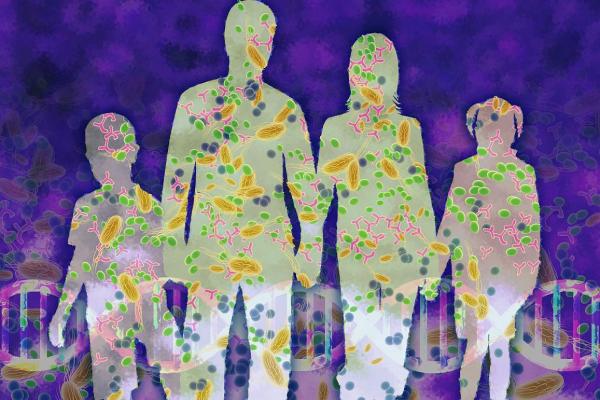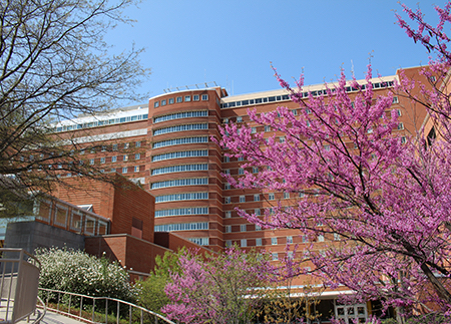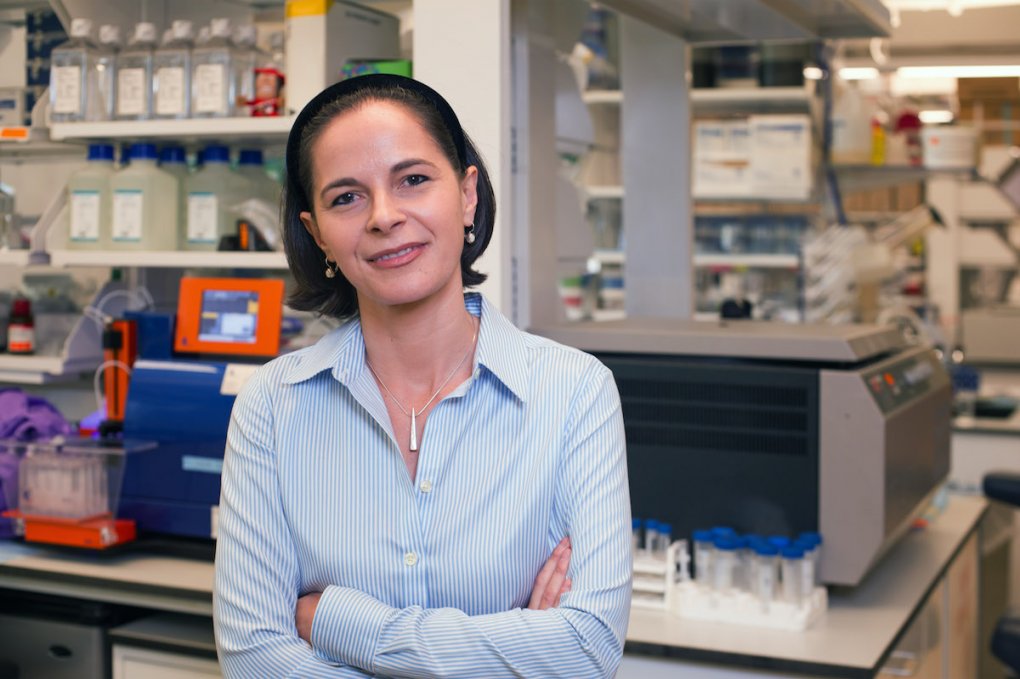Introducing NIH’s Newest Lasker Scholars
Program Gives Boost to Early Stage Investigators
If TV shows like The Voice and America’s Got Talent are any indication, there are many extremely talented people out there who could become huge successes if presented with the right opportunity. This is no less the case in science, with thousands of extremely bright individuals quietly toiling away in their mentors’ labs as they await the chance to establish research programs of their own.
Fortunately, initiatives like the NIH’s Lasker Clinical Research Scholars Program exist to boost promising young researchers on to the next stage of their careers. Every year, the Lasker program allows a small group of early stage physician-scientists to establish their own labs at the NIH and carry out independent clinical research there for at least five years.
The five talented investigators selected as 2020 Lasker Scholars are pursuing a wide range of research questions, from how the immune system influences blood clotting to the mechanisms driving a rare and devastating skeletal disorder. Read on to learn more about the latest crop of researchers ramping up IRP labs of their very own.










